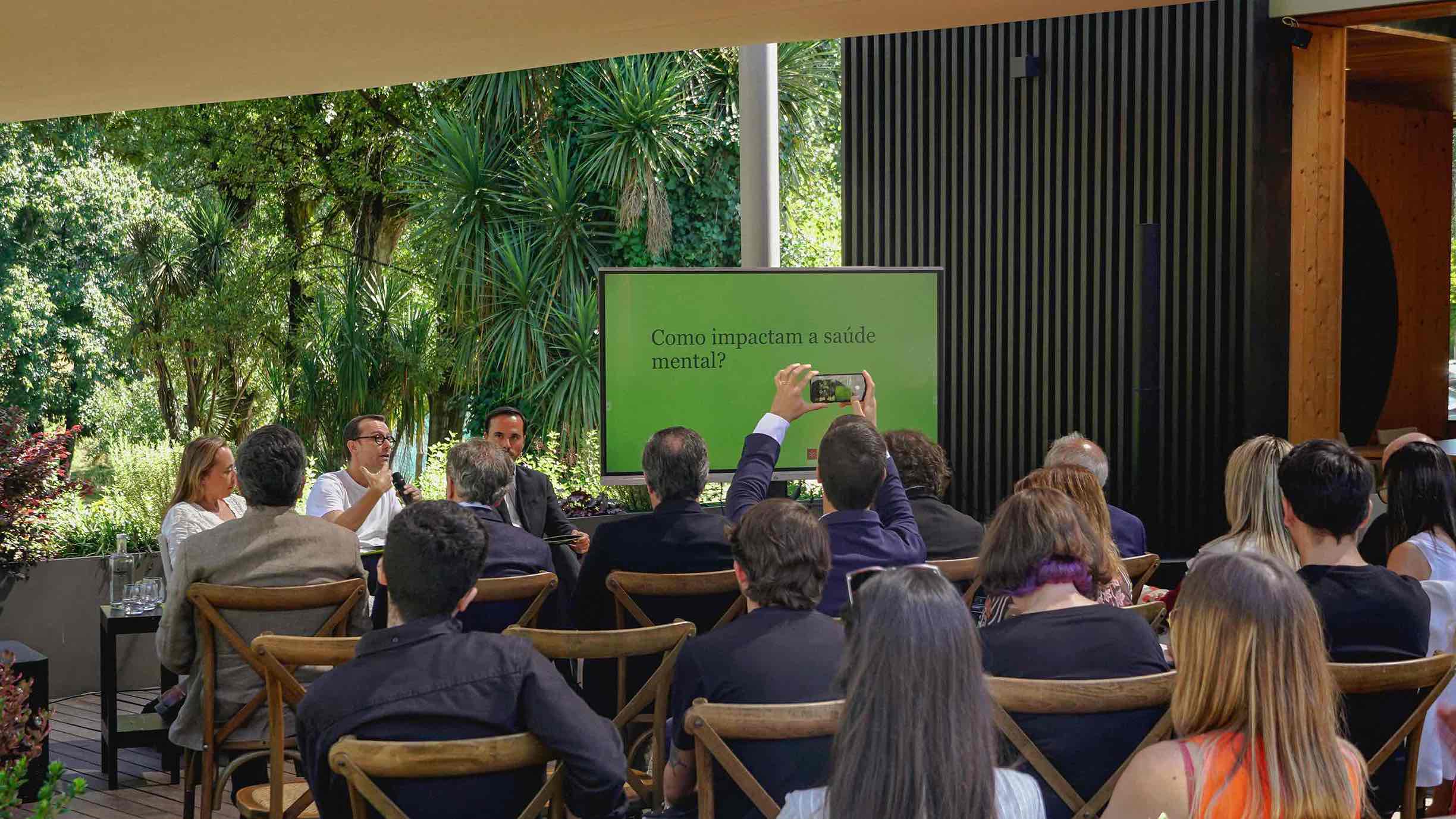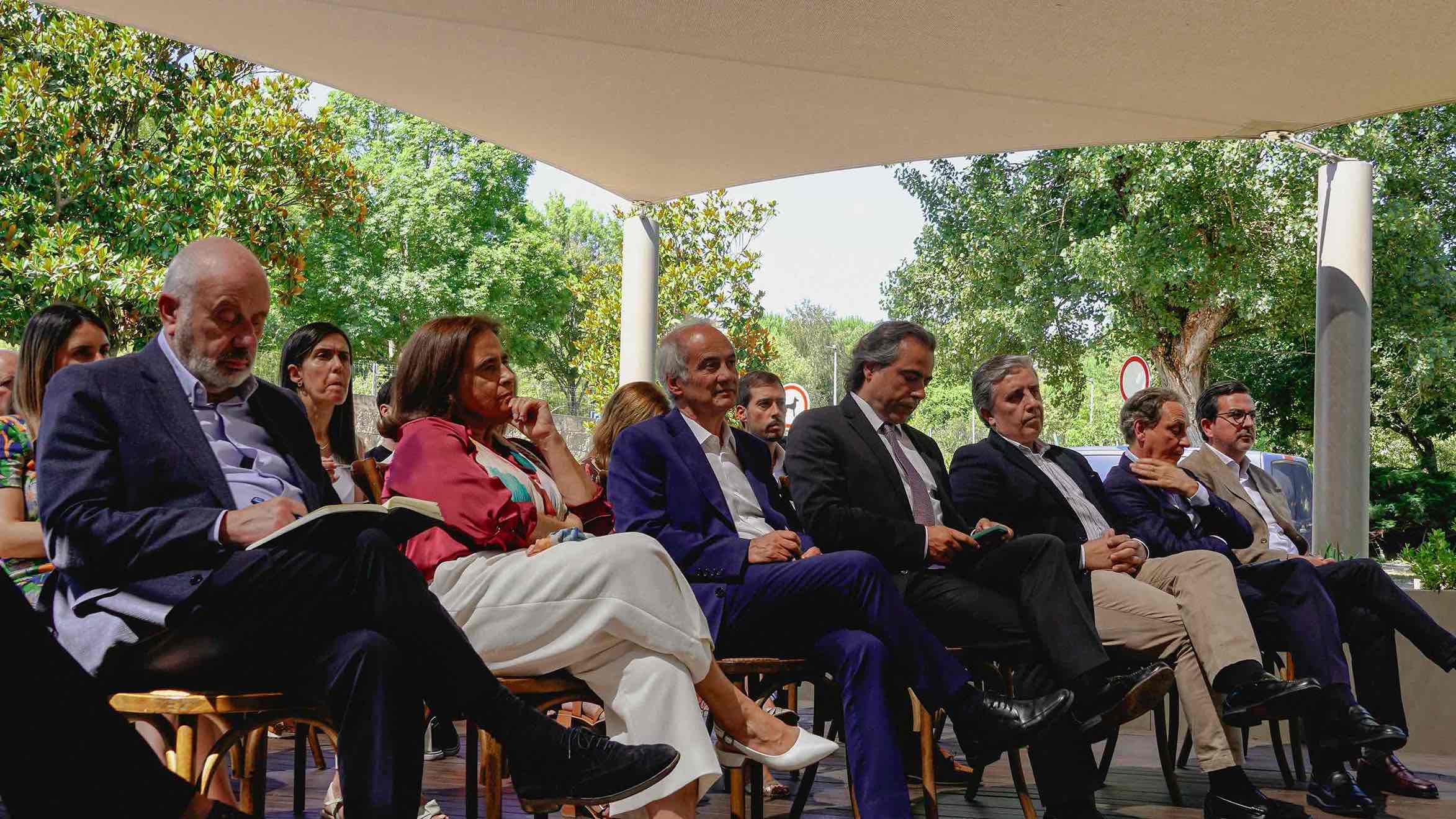Regular Use of Parks Is Key to Mental and Physical Health
Simply living near a park is not enough — it’s the frequency of use that truly makes the difference for mental and physical health.
This is one of the main conclusions of the study “Impact of Green Spaces on Mental and Physical Health”, presented in Guimarães in the presence of Domingos Bragança (Mayor of Guimarães), Adelina Pinto (President of Laboratório da Paisagem), Luís Campos (President of the Portuguese Council for Health and Environment), and José Pimenta Machado (President of the Portuguese Environment Agency – APA).
The study, carried out by the Laboratório da Paisagem, the School of Medicine of the University of Minho (UMinho), and the Higher Institute of Health (ISAVE), involved 501 residents living near municipal green spaces. It analyzed data on proximity, usage, perception, and impact on health indicators.
The conclusions are clear: physical proximity to parks showed no statistically significant association with psychological symptoms or sleep quality.
On the other hand, frequency of use was identified as a key factor in improving anxiety, stress, and sleep quality. While a link with depression was also found, it appears to be influenced by other variables such as income and employment status.
Regarding physical activity, the study confirms that proximity still plays a role: people who live farther from parks tend to spend less time per session on moderate exercise. Regular use of green spaces was shown to positively influence physical activity levels, especially walking and moderate-intensity exercise.
The socioeconomic analysis revealed an important contrast: people with higher incomes value green spaces more, yet visit them less often. Conversely, lower-income individuals are the most frequent users, reinforcing the need for public policies that actively promote the use of these spaces. According to the authors, building or maintaining parks is not enough — encouraging regular engagement is essential.
Pedro Morgado, from the University of Minho’s School of Medicine, emphasized a key message for urban mental health:
“Nature only has a therapeutic effect when it becomes a regular, lived experience.”
He added that proximity alone is irrelevant without community involvement, highlighting the importance of accessibility, safety, and the availability of social and physical activity programs, including school-related activities.
The study supports the ongoing efforts of Guimarães, which will be the European Green Capital in 2026, and is implementing a radial green infrastructure strategy. This includes the development of three concentric green belts: the first within the urban area, and two external rings of 20 km and 42 km, respectively.
“These green belts will link parks and ecopaths, improving accessibility — precisely one of the main barriers identified in the study,” explained Carlos Ribeiro, Executive Director of Laboratório da Paisagem. Once completed, the outermost ring is expected to encompass 74% of the municipality’s population.
The study was funded by POCTEP Green Gap, a project supported by the INTERREG Portugal–Spain program, which promotes knowledge and the enhancement of urban green infrastructure.





